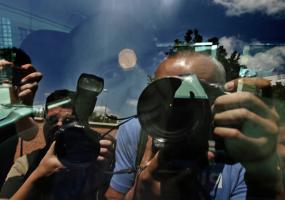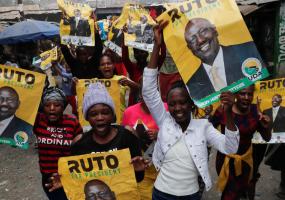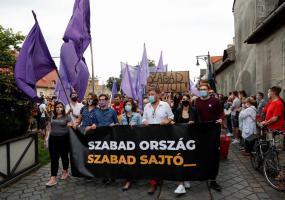New Media and Freedom of the Press
22 Jun 2011
Yvette Sierra Praeli, a freelance Peruvian journalist specialising in reporting on the environment and interested in new media, has written an analysis of how even in democratically-elected governments new media can play a crucial role in supplying information to the public which governments would prefer to suppress.In her paper, 'New Media and Freedom of the Press', Yvette, who was a Thomson Reuters fellow in 2010, takes as her starting point three case studies of authoritarian regimes - Iran, Cuba and China - and the ways that new media bypass government restrictions on freedom of the press. Even though internet access is controlled and restricted in these countries, people have found different ways to avoid state control. They use blogs, Twitter, Facebook, Youtube and other social media to express themselves. In her case study of Cuba, Yvette writes that bloggers are much better known outside the country than within it as most of their blogs are blocked. But they have to find different mechanisms to be able to upload their posts in their own blogs. Practices like writing offline, recording the article in a USB flash drive, and then uploading it in a hotel or some embassy internet service are common in the island. Some others do the same and then send it by e-mail to some friend abroad who uploads the post. In her analysis of Peru, where elections are regularly held, Yvette focuses on three recent cases where new media provided far more information than the mainstream media, and to an extent circumvented official versions of events. The three cases are: Government influence in the media through its intervention in sacking of an editor of the Peru.21 newspaper; The conflict in Bagua in the Amazonia, where more than 30 people died during clashes between police and Indian protestors in June 2009; and The floods in Cusco at the beginning of 2010 in the place most visited by tourists in Peru. Yvette concludes that the new media platforms were used to add information to the official perspective, to give another point of view of the event, to report from the ground, and to show images that were not displayed on conventional media




